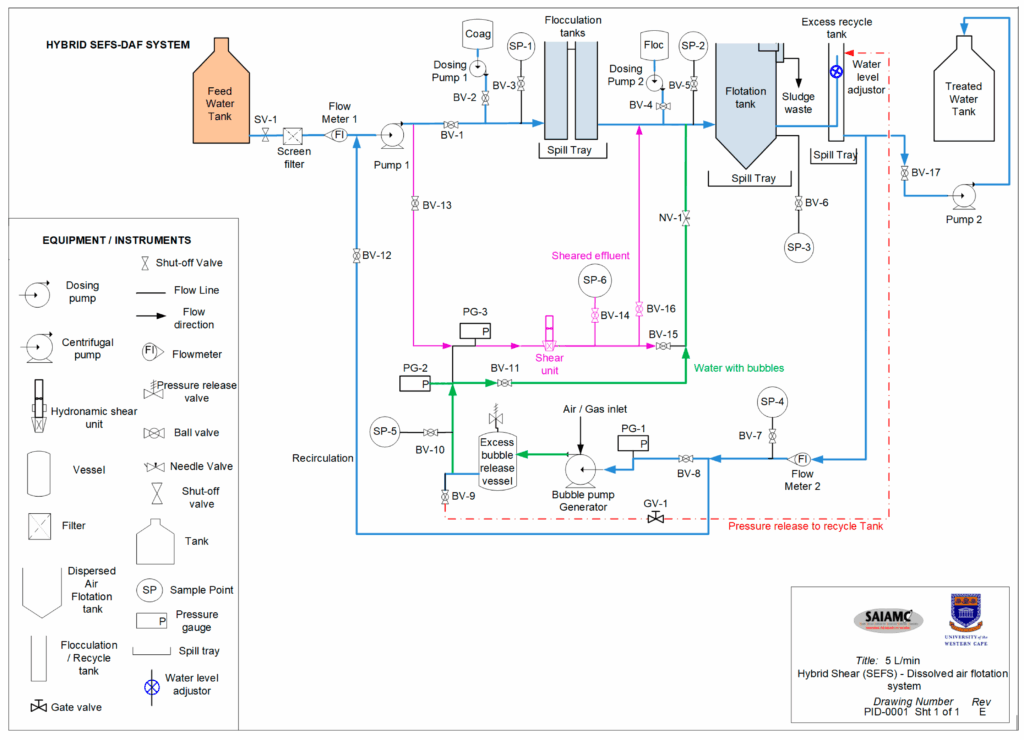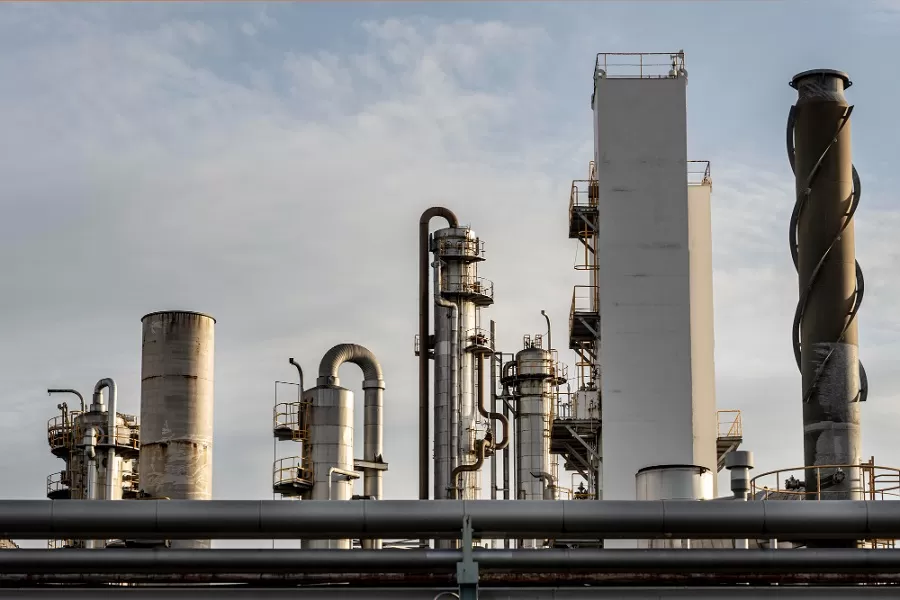Water treatment plants (WTPs) are essential for delivering safe, clean water to communities. But while their role looks simple and straightforward, behind the scenes lies a complex network of pipes, pumps, valves, and instruments. These systems must work continuously, in coordination with each other, to maintain the quality of water and provide uninterrupted services.
In fact, when it comes to water treatment plant design and operations, there’s no scope for errors. Even a single equipment failure or the smallest one could halt the operations and impact the quality of water. Thus, maintenance teams must not just focus on fixing problems; they should stay ahead of them, working proactively to keep the plant running smoothly.
And one of the most vital tools in maintaining the efficiency of water treatment plants is the Piping and Instrumentation Diagrams (P&IDs). These are the detailed schematic diagrams that offer a clear visual representation of the plant’s process flow and control systems, helping engineers prevent and resolve issues and keep the plant working at its optimum efficiency.
What is a P&ID?
A P&ID is a technical diagram that shows how pipes, equipment, and devices are arranged and connected within a system. They are more than just a visual map. P&IDs serve as a centralized reference document – a blueprint – that shows how the entire system is arranged and operates. They include symbols representing pumps, valves, tanks, sensors, and controllers, along with details on their specifications and how they are linked.
Whether you’re performing routine inspections or troubleshooting a problem, having a clear, up-to-date P&ID on hand is extremely important to reduce downtime and the risk of costly errors.
|Also Read: Key Challenges While Creating Piping and Instrumentation Diagram (P&ID) & How to Solve Them|
What Makes a P&ID?
A Piping and Instrumentation Diagram includes several key components that show how a system operates.

[Source: MDPI]
These typically include:
- Pipes and flow lines – They indicate the direction and type of flow.
- Valves – That control flow and pressure throughout the system.
- Equipment – Such as pumps, compressors, tanks, and filters.
- Instruments and sensors – That measure variables like pressure, temperature, and flow rate.
- Control devices – Like controllers, actuators, and relays.
- Connections and junctions – Showing how components interact.
- Symbols and labels – Standardized icons that identify each part and its function.
Together, these elements form a visual map that guides design, operations, maintenance, and safety procedures.
The Role of P&IDs in Maintaining the Efficiency of Water Treatment Plants
Accurate P&ID diagrams help in:
1. Clear System Visibility& Faster Troubleshooting
When equipment issues arise, resolving the problem on time is crucial. P&IDs provide a clear view of system components and their relationships, helping maintenance teams to trace issues back to their source quickly.
For example, if a pump is underperforming, a technician can refer to the P&ID to identify connected sensors, upstream valves, or downstream equipment that might be affecting the performance. This speeds up root-cause analysis and reduces downtime.
2. Safe Equipment Isolation and Lockout/Tagout (LOTO)
Many maintenance tasks require isolating parts of the system. Without precise diagrams, there’s a risk of shutting down the wrong line or disrupting other operations.
Piping and Instrumentation Diagrams help in identifying the affected valves and pipes, supporting safe and efficient isolation of non-affected parts. This is crucial for executing lockout/tagout (LOTO) procedures and protecting maintenance crews from accidentally energizing equipment during maintenance or repair (protecting workers from hazardous energy).
3. Easy Technician Training
P&IDs serve as an important training tool. These systematic diagrams help new technicians understand system layouts, instrumentation, and workflows without verbal instructions.
This accelerates training timelines and ensures consistency in understanding plant operations.
4. Help in Preventive Maintenance
Preventive maintenance (PM) can happen only when you have a clear understanding of all the equipment, where they are located, and the maintenance actions required. P&IDs help build and refine PM schedules. With a clear diagram, the team knows which part needs servicing, how often it’s required, and where exactly that part is located – no guesswork or wasted time/ resources.
With clear documentation and drawings, maintenance becomes easy, and this, in turn, leads to fewer operational errors and breakdowns.
5. Improved Communication Between Teams
Water treatment facilities involve multiple teams working together. P&IDs serve as a common reference point for mechanical, electrical, instrumentation, and control teams and help they stay aligned when it comes to equipment layouts and functions.
Whether you’re planning a repair, discussing upgrades, or diagnosing an issue, P&IDs bring clarity and coordination across all teams and stakeholders.
6. Seamless System Modifications and Upgrades
As facilities evolve, systems get upgraded with new technologies. By showing current flow paths and dependencies, P&IDs guide intelligent system modifications.
They help engineers understand how to integrate new components efficiently without issues and impacts. After upgrades, updated P&IDs continue to serve as the go-to documentation for future maintenance, too.
7. Regulatory Compliance and Audits
Water treatment plants must meet strict industry regulations and safety standards. During audits, inspectors often request up-to-date P&IDs to make sure that the plant’s systems are well-maintained and designed to minimize risk.
An updated P&ID ensures operational transparency and compliance. It helps service providers meet auditing requirements with confidence.
Ensure Accurate and Up-to-Date P&IDs for Your Water Treatment Plant
From speeding up the troubleshooting process to enabling safer maintenance and meeting compliance standards, P&IDs empower water treatment teams to keep their operations smooth and error-free.
So, whether you’re modernizing your plant or updating its current procedures, creating accurate P&IDs is important. In fact, it’s non-negotiable. At Enginerio, we specialize in creating, updating, and optimizing P&IDs tailored for the unique needs of water treatment plants. We work closely with your teams to ensure every valve, pipe, and sensor is accurately documented, so you can operate with confidence and maintain efficiency without compromise.
Need expert help with your P&IDs? Reach out to us today to see how better diagrams can lead to better WTP performance.




